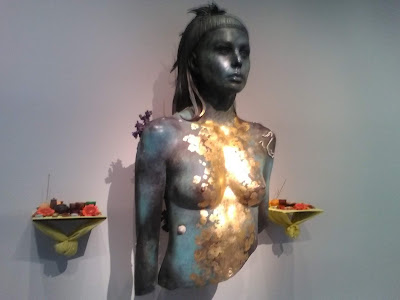Unbelievable part 13: We need to talk about Perseus

31 January 2020 ‘ Perseus [sometime after beheading Medusa] paused for refreshment at Chemmis in Egypt, where he is still worshipped, and then flew on. As he rounded the coast of Philistia to the north, he caught sight of a naked woman chained to a sea-cliff, and instantly fell in love with her. This was Andromeda, daughter of Cepheus, the Ethiopian King of Joppa, and Cassiopeia. Cassiopeia had boasted that both she and her daughter were more beautiful than the Nereids, who complained of this insult to their protector Poseidon. Poseidon sent a flood and a female sea-monster to devastate Philistia; and when Cepheus consulted the Oracle of Ammon, he was told that his only hope of deliverance lay in sacrificing Andromeda to the monster. His subjects had therefore obliged him to chain her to a rock, naked except for certain jewels, and leave her to be devoured. [... After saving her, Perseus] laid [the Gorgon’s head] face downwards on a bed of leaves and sea-weed (which instant


